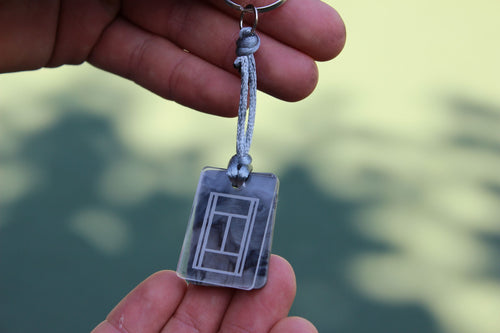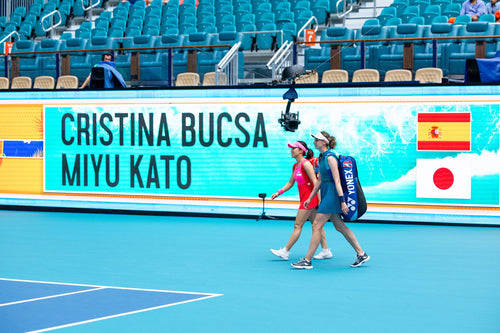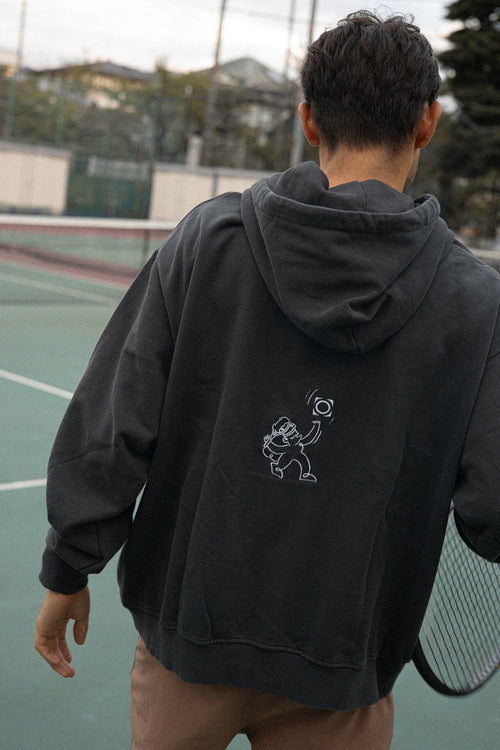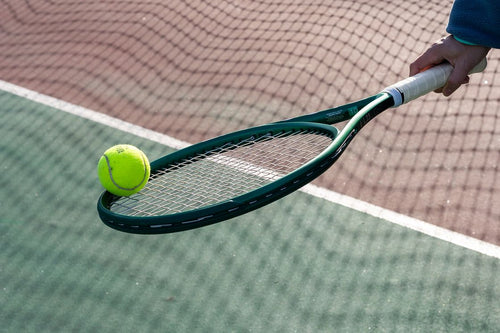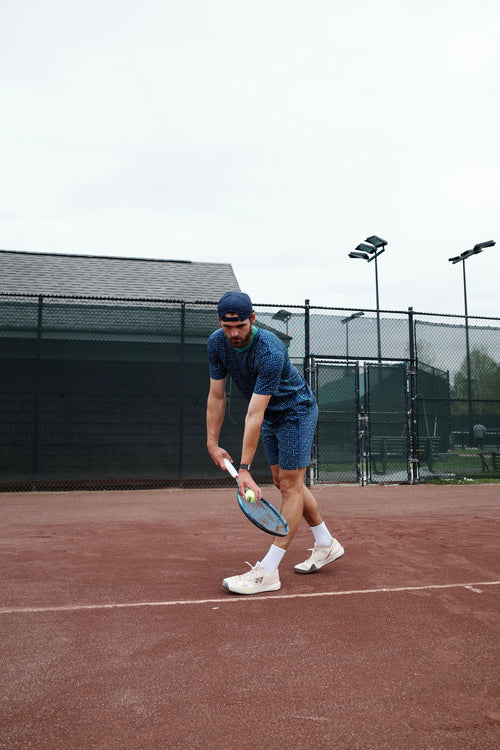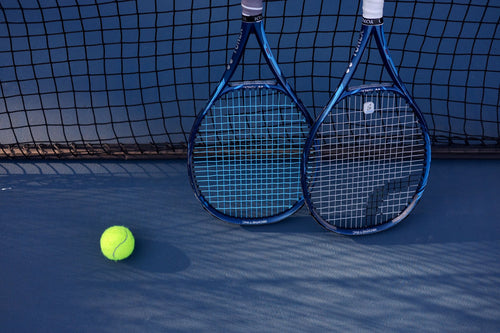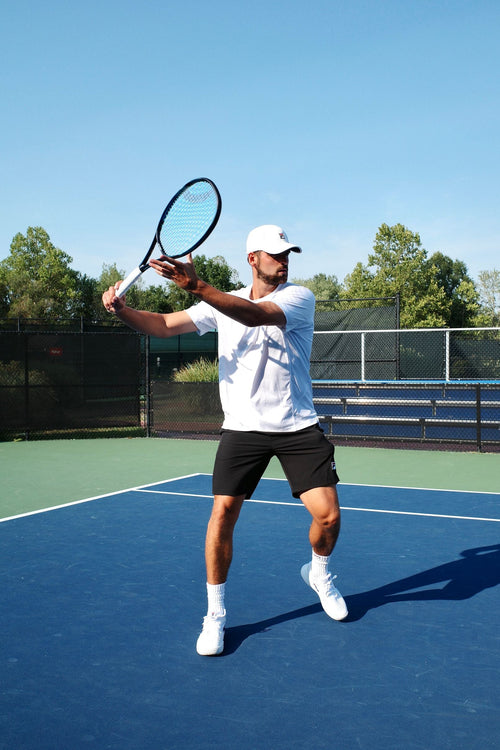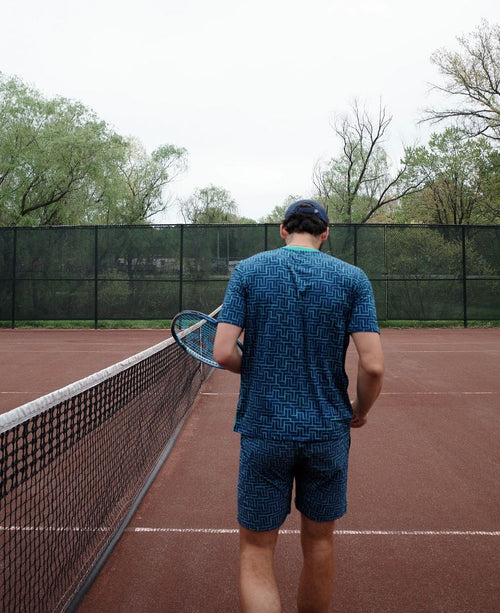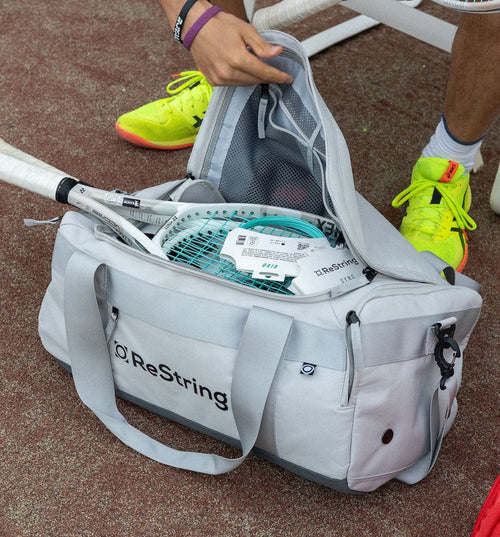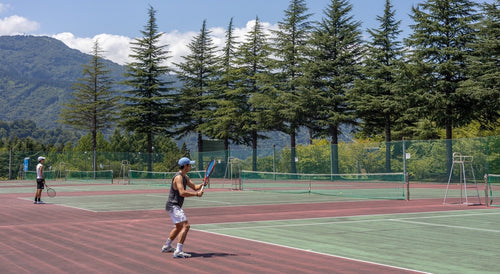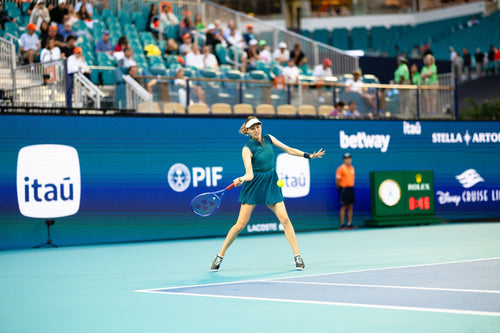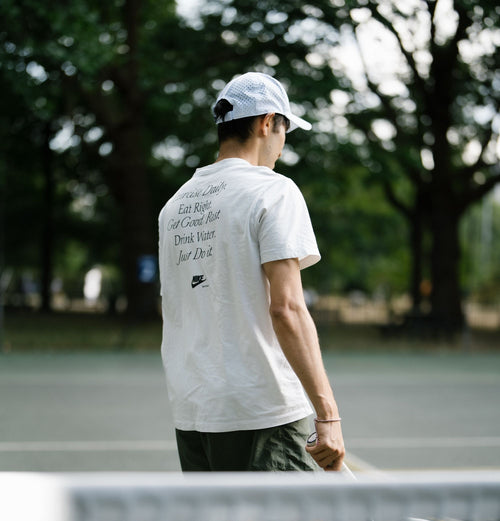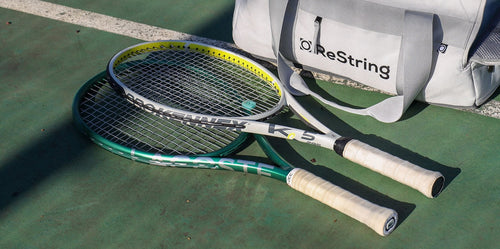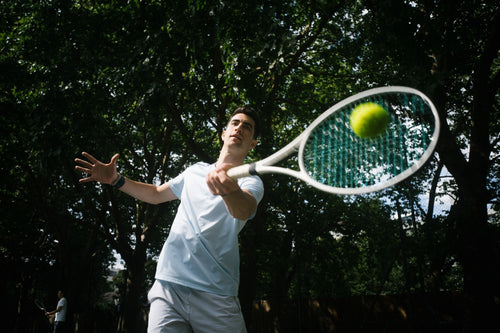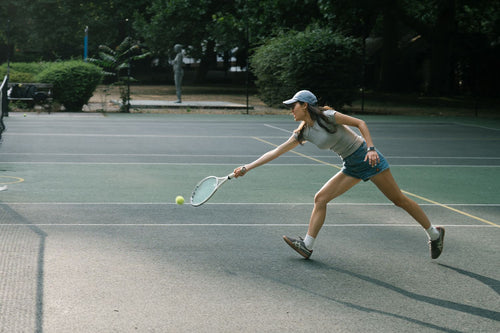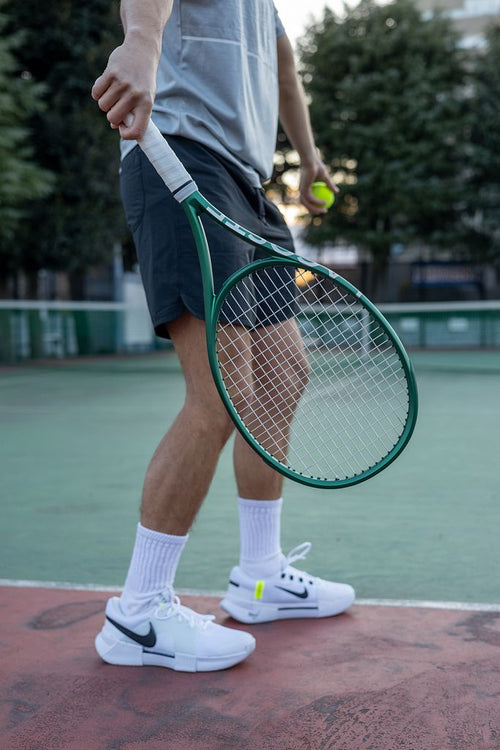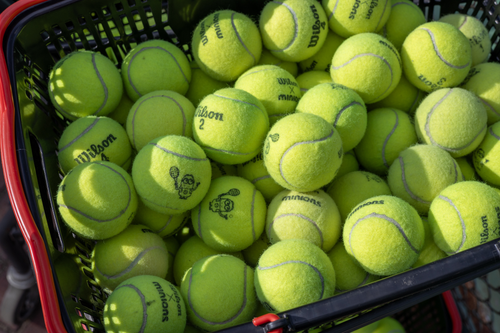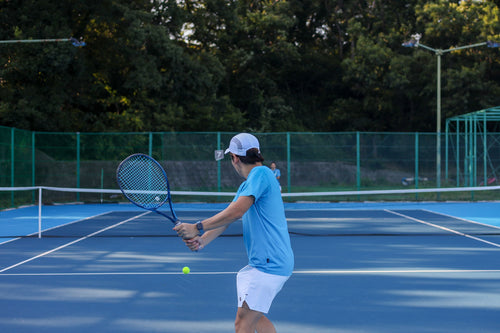Why Tennis Pros Use Many Rackets: Do You Need To?
Juan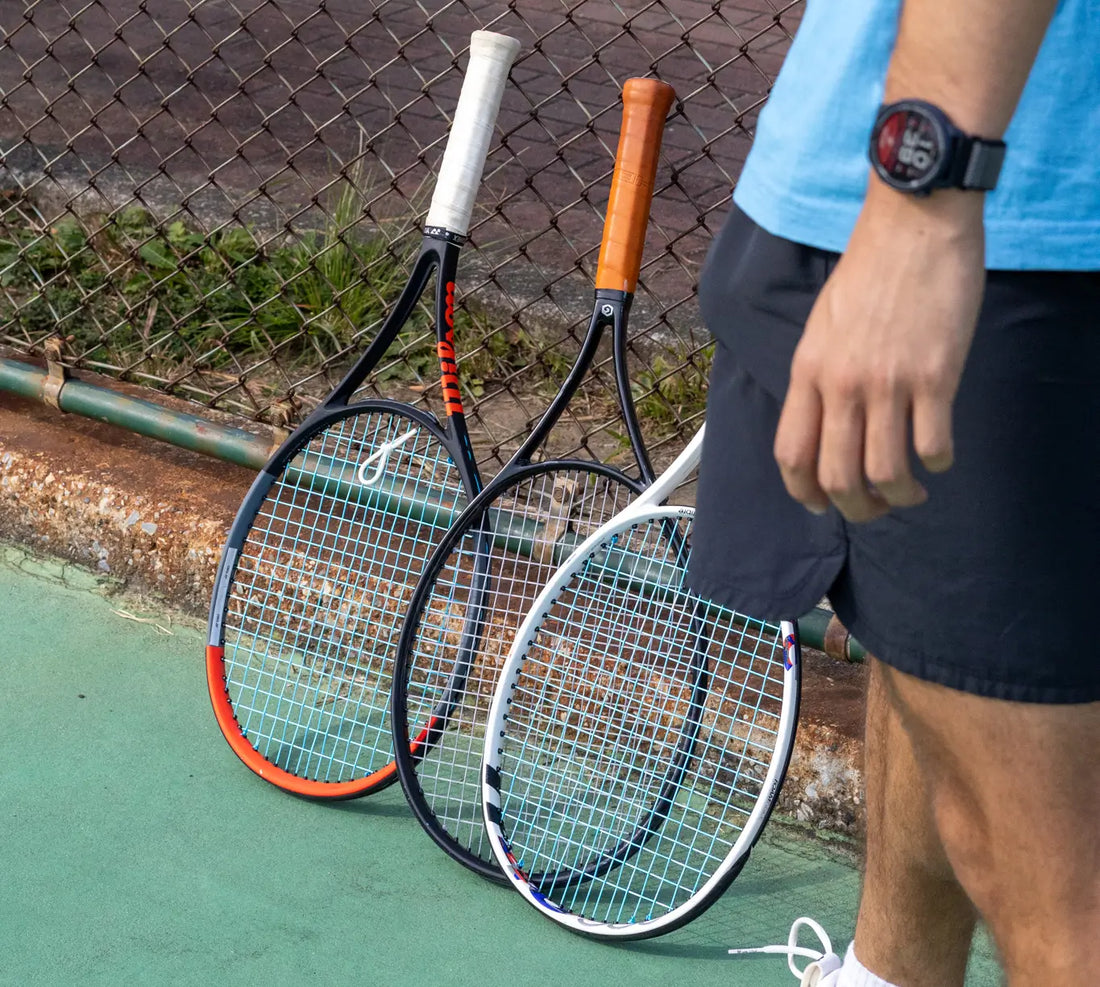
For tennis pros, the right racket at the right moment can mean the difference between winning and losing.
Here’s why—and what it means for your game.
Many Rackets Means Many Options
If you have watched a pro tennis match, you have probably noticed players carrying a whole collection of rackets in their bags. This is not just for show or because they hit hard enough to break strings all the time.
Professional players often carry six to eight rackets, each prepared for specific match needs. This allows them to adjust quickly to any challenge on the court and keep their performance at its best.
Racket string tension plays a major role here. Most pros have several rackets strung at their preferred tension ready to go, but they also make sure to include at least a couple with higher or lower tension for specific adjustments.
During a match, they might change to a different racket if conditions shift, if they want a different feel or response, or if the game situation calls for it. This keeps them flexible, especially when facing different opponents or strategies.
ReString pro athlete Cristina Bucsa, who uses a Zero and Sync hybrid, is a great example of a pro who makes these sorts of changes. Even if she hasn’t broken a string, she might switch rackets mid-match to keep control over her shots or adjust to changing conditions.
In the next section, we discuss exactly what factors influence these choices, from changing balls to weather shifts to just how the player is feeling in the moment.
Reasons For Multiple Rackets
Ball Changes
One of the main triggers for pro players to swap rackets is ball changes. At tournaments, balls are replaced after the first seven games and then every nine games after that because the warm-up counts as two games.
New balls are lighter and quicker through the air. When fresh balls are in play, many players reach for a racket strung tighter to keep control. As the balls get older, they become heavier and slower, and switching to a racket with lower tension helps generate more speed and power.
Pros can keep their shots consistent and avoid any sudden drop in performance by matching racket changes to ball changes.
Environmental Conditions
The environment also shapes racket choice. Temperature, humidity and altitude all impact string tension and the overall feel.
In dry, thin air like at Indian Wells, pros often go with tighter strings for added control. But a week later in Miami, where it is humid and the air feels heavier, many players drop their tension by about five percent to handle slower conditions.
Even a quick weather change during the same match can prompt a new racket choice.
Feel On The Day
Finally, much comes down to personal feel. Professionals often swap rackets mid-match just because something feels a little off or they want a different response from their strings.
It is common to see players ask the umpire for rackets to be restrung with minor tension tweaks even if nothing has broken.
Sometimes, a player will specifically pick a lower tension racket for serving when they want to hit with maximum power during an important game.
Insights for Recreational Players
Most recreational players do not need eight rackets, but you can still take a page from the pros.
Try experimenting with your own string tension and consider using two rackets with different setups. One strung a bit higher for control and one a bit lower for power can help you adjust to changing conditions.
Watching how the balls behave and paying attention to the court environment will let you adapt your setup and keep your game consistent.
You do not need a huge budget to benefit from this approach. Experiment with what you already have and have fun finding what works for you.
The goal is to stay flexible and learn what tension range feels best for your style of play.
Conclusion
You do not need a bag full of rackets to get more from your game. But now you know why the pros always have options ready—ball changes, weather conditions and gut feeling.
If you have the budget and want to try different tensions, it can be a fun way to learn what gives you the best results. The main point is to experiment, pay attention to how conditions change, and find what feels right for you.
If you are curious about trying setups used by pro players, consider Zero and Sync in a hybrid like Cristina Bucsa.

